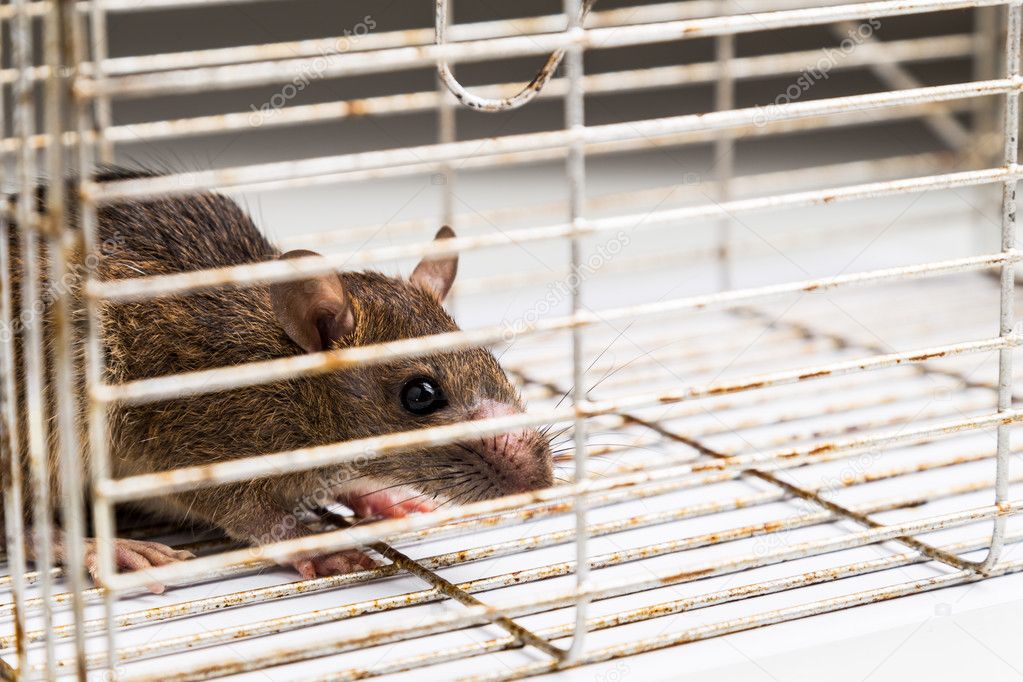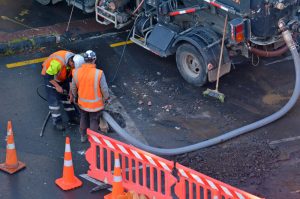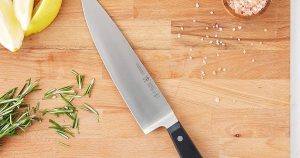
Rodents, such as rats and mice, can be a significant expense on a poultry farm due to the food they consume and ruin. With faces and urine, as well as the damage they make to the housing and equipment. Furthermore, the diseases they may carry might cause problems with flock health. Personnel health, and/or food safety concerns with the farm’s products. So people want to rodent control Melbourne.
Getting Rodent Control
When compared to the losses caused as a result of rat infestation. The cost of rodent control Melbourne management is minimal. Preventative measures against rodent infestations are rarely as aggressive as the problem necessitates, it note.
The following items are include in a continuous integrate rodent control Melbourne program me:
Keeping the number of points of entry into buildings to a minimum. Rodent-resistant materials, such as sheet metal, hardware cloth, or cement, should be use to plug cracks and gaps in sheds.
Keeping people from getting food, drink, and shelter
Nesting sites are being eliminate. Make sure that any materials that mice might find appeal for nesting are kept in rodent-proof storage places. If the storage facility can’t be rodent-proof. Relocate the materials at least once a week to keep mice from settling in. Place all of the packaged food and equipment on a platform 60 centimeters off the ground and 60 centimeters away from any walls. Always maintain the area around the building clean and mowed. An ideal nesting site is a thicket of grass and weeds growing around a stack of undisturbed wood. Other materials, or equipment.
To prevent rats and mice from nesting in ventilation control curtains that have not been use for a long time and have been left roll. They should be unroll completely and re-roll every two to three weeks. If you don’t do this, rodents will typically nest in your rolled curtains. Eventually destroying them by gnawing enormous holes in them as they search for nesting material. Burrows in the open can be close by filling them with earth and watching for reopening.
Cleaning the shed on the inside by removing items that don’t belong there and keeping strips near the walls clear; regular cleaning by sweeping and removing all spilt feed, dead birds, and broken eggs; inspecting incoming and outgoing materials for infestation; and clearing the entire shed and cleaning it out thoroughly on occasion are all examples of appropriate sanitation conditions.
Baiting and/or trapping programs have been use in the past
The population of rodents is being monitor, and control measures are being taken.
The efficiency of rodent control Melbourne programmers is determine by the persons in charge of implementing them. Being aware of the issues at hand, as well as their motivation and desire to succeed. The following tools are require: (a) regular monitoring, (b) well-train operators, and (c) timely access to labor and resources. It is reasonable to conclude that the majority of rodent control Melbourne management issues are cause by people.
Baiting and/or trapping should begin as soon as the shelter is construct. It is preferable to prevent a large rodent population than to try to control one once it has developed.
Baiting
Baiting is a rodent control Melbourne approach that employs fumigants, tracking powders. And acute and delayed toxicity baits. Which are accessible in the form of fumigants, tracking powders, and acute and delayed toxicity baits. For effective control, rodenticides should be use in conjunction with traps. All rodenticides are harmful to birds, cattle, and people at varied doses. Rodenticides should be use with caution, and the manufacturer’s label instructions should be follow to the letter.
Bait station location
Start baiting before destroying possible nesting locations as part of a clean-up. If you’re initiating a rodent control Melbourne campaign for the first time. Destroying nesting places before baiting and/or trapping will just result in the majority of the rats fleeing and the programmers failing to catch them.
Bait is place at bait stations along rodent paths. The bait stations should be well-plan, and they should be use even after the birds are gone. The best time is after the birds have been remove because the feed should have been taken as well. And the rodents will be hunting for food, making the baits more appealing to them.
Bait station construction
A 20-litre drum can be turn upside down over the bait station to make a very efficient. Rat bait station by cutting two holes large enough for the rats to enter around the top. With the bait, a tiny container of water is place. This not only serves as an excellent bait station. But it also prevents birds from accidentally accessing the bait in floor-housed chicken sheds. PVC pipe with a diameter of 75 or 100 mm, chopped into lengths of 500 to 750 mm. Can be use to make another sort of bait station. These are fasten to the bottom plate of the shed on the inside . Or on the exterior of the shed wall at roughly 3 bay (12 m) intervals. (Please note that they must be firmly attach to the bottom plate.)
The rat bait and water are place in the middle of these lengths of pipe. Out of reach of the birds. An excellent bait station can be create with a little more work by using 100 mm plastic pipe and connecting. It in such a manner that there are bends between the entry and the bait. The rats will have a higher sense of security as a result of this. An open huge fish. Meat tin with the top still attached by a little portion of the edge is another option.
Trapping
Traps are another alternative, and they should be place along rodent migration routes. Trapping is the best way of rodent control Melbourne. When dealing with a large infestation, check and reset the traps many times each night. There are many different types of traps to choose from. And the spring strength and sensitivity of the trigger are important factors to consider. Careful placement and baiting, on the other hand, are critical. The sole disadvantage of trapping is that it causes trap shyness if used frequently (avoidance of traps). Changing the location and type of trap, as well as the type of bait, may help to solve the problem. Baiting unset traps should be employ until the bait with draw at least once to eliminate trap shyness. On unset traps, different fresh fruits, onions, peanut butter. And commercially available baits can be try to see which ones perform. Traps should be position along the wall, behind items, or in dark corners where rodents are likely to hide.
The number of traps that should be put within the shed is determine by its size. To maximize the chances of success, the bait may need to be place close to the trap’s trigger. Check the traps every day and collect any dead rats or mice before resetting them. You can also contact with pest control service Melbourne.
Always keep track of where the traps are place and how many rodents are catch in them. Increase trap numbers where they are most effective by relocating traps. Read Interesting Articles on Nefic






